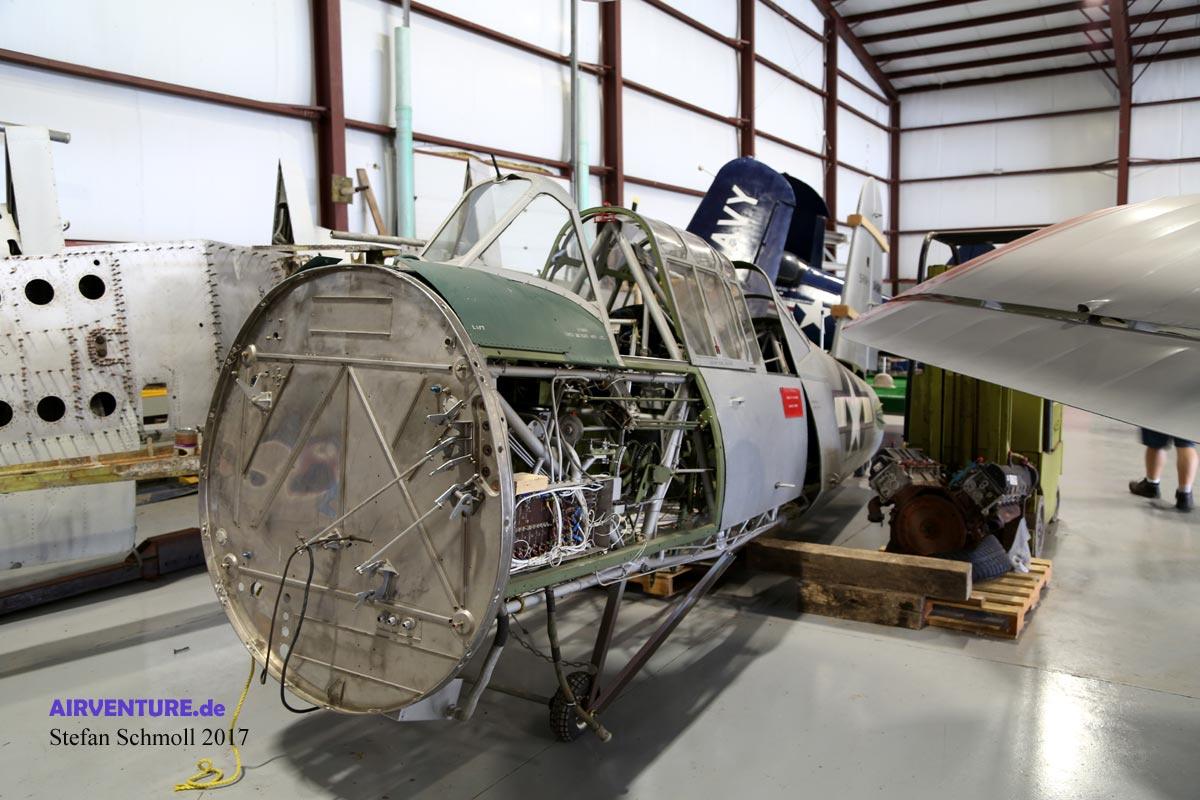
SNV-2
SNV-2 Valiant
"Vibrator"

"Vibrator"
National Warplane Museum
The Vultee Valiant - known as the BT-13 in U.S. Army Air Forces service and SNV in U.S. Navy designation - was one of the most widely used basic training aircraft of World War II. Often nicknamed the “Vultee Vibrator” by the cadets who flew it, the Valiant trained tens of thousands of pilots across the U.S. military, bridging the gap between primary trainers and advanced combat aircraft.
Introduced in 1940, the Vultee Valiant became the U.S. military’s standard basic trainer during WWII. Its larger airframe, fixed landing gear, and moderate performance challenged students to refine their flying skills after initial training in lighter, slower primary trainers like the Stearman PT-17. For Navy and Marine Corps aviators, the Valiant was designated SNV and served in training commands throughout the war. With over 11,000 built across all variants, the Valiant became a cornerstone of America’s wartime pilot training pipeline.
The Valiant’s role was to introduce cadets to more complex flight characteristics — such as higher speeds, steeper stalls, and more advanced instrument flying — preparing them for eventual transition into high-performance fighters, bombers, and naval aircraft. Its forgiving yet challenging handling characteristics made it ideal for honing the skills necessary for combat operations.
Vultee SNV-2 Valiant (Military S/N: 34388 / Manufacturer’s S/N: 10227)
Built in 1943 for the U.S. Navy, this SNV-2 served as part of the Navy’s pilot training program during WWII. After military service, the aircraft passed through civilian ownership before being donated to the National Warplane Museum in 2016 by Jeary Vogt. Currently, the aircraft remains in unrestored condition, stored in sections in the Museum’s hangar awaiting future restoration. Once restored, it will represent a key step in the complex training pipeline that prepared American naval aviators for wartime service.
WWII Basic Trainer
Donated by Jeary Vogt
Method: Donated
Hangar #1
Other aircrafts in our collection


